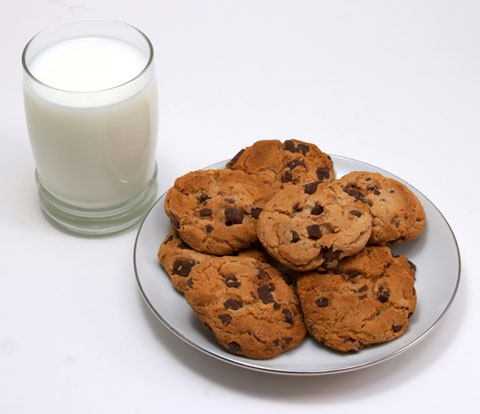Gettin' Ready to JAM!
This week is the ADSA-AMPA-ASAS-CSAS-WSASAS Joint Annual Meeting in Phoenix, AZ. Yeah that's right, its JULY and I'm heading to a conference in Phoenix. Woo. Hoo. I guess that's kind of appropriate though since mammary glands evolved from sweating... There are tons of presentations on dairy science- from animal to consumer, but the Lactation Biology Symposium on Wednesday afternoon will be off the hook! Just sayin'- The Long-Term Impact of Epigenetics and Maternal Influence on the Neonate Through Milk-Borne Factors & Nutrient Status Chair: Michael Van Amburgh, Cornell University Sponsor: EAAP 2:00 PM Introductions. M. Van Amburgh, Cornell University . 2:05 PM EAAP-ASAS Speaker Exchange Presentation: Role of colostrum and colostrum components on glucose metabolism in neonatal calves. H. M. Hammon*, Leibniz Institute for Farm Animal Biology (FBN), Dummerstorf, Germany . 2:40 PM Nutrition of the dam affects mammary gland development and milk production in the off

